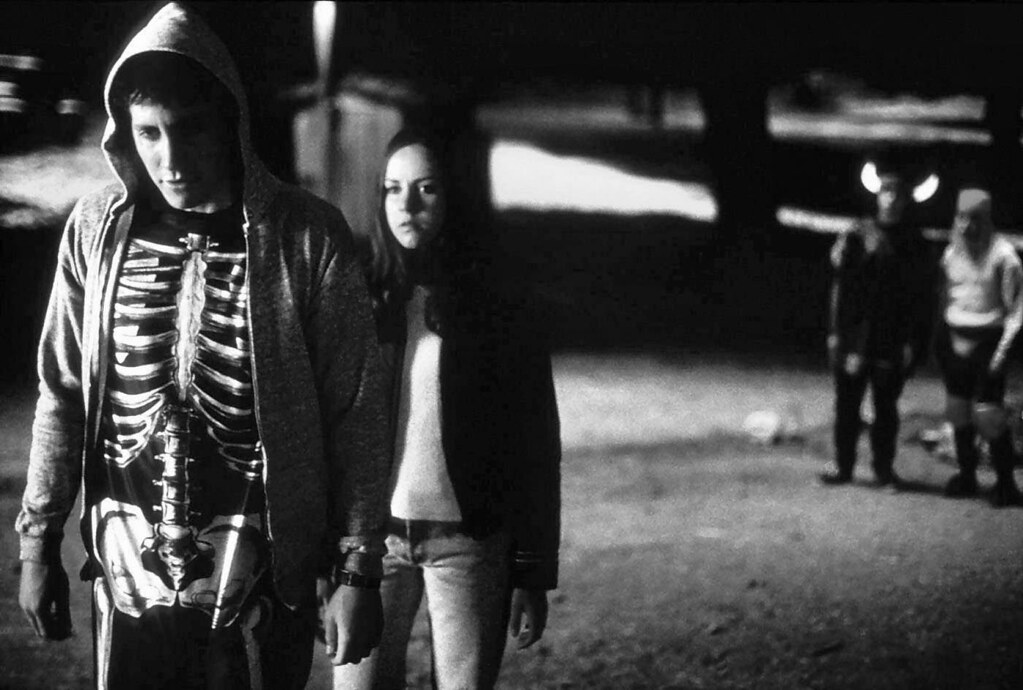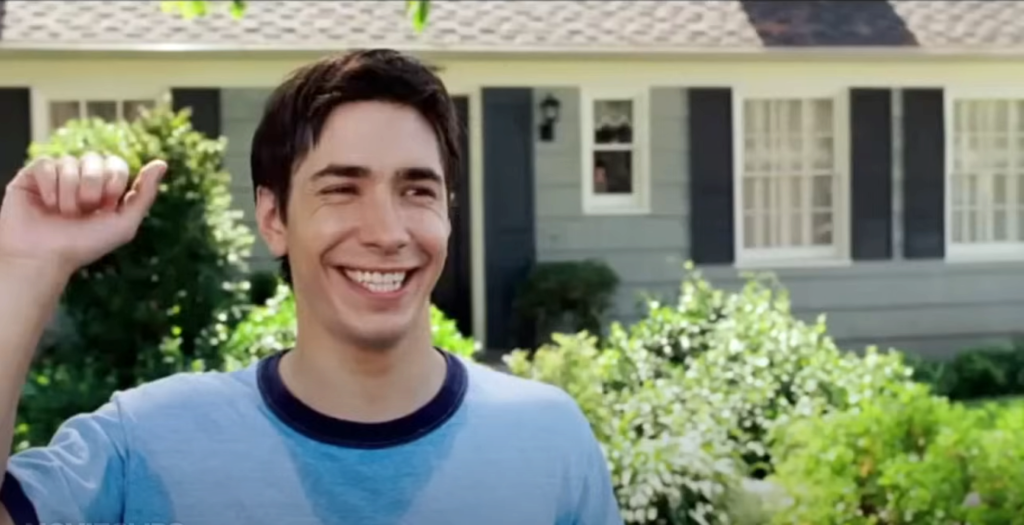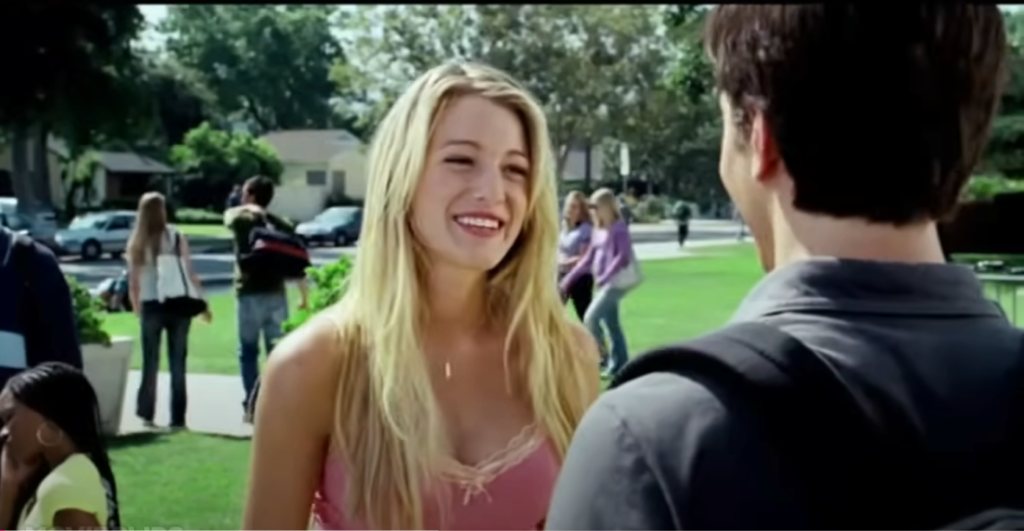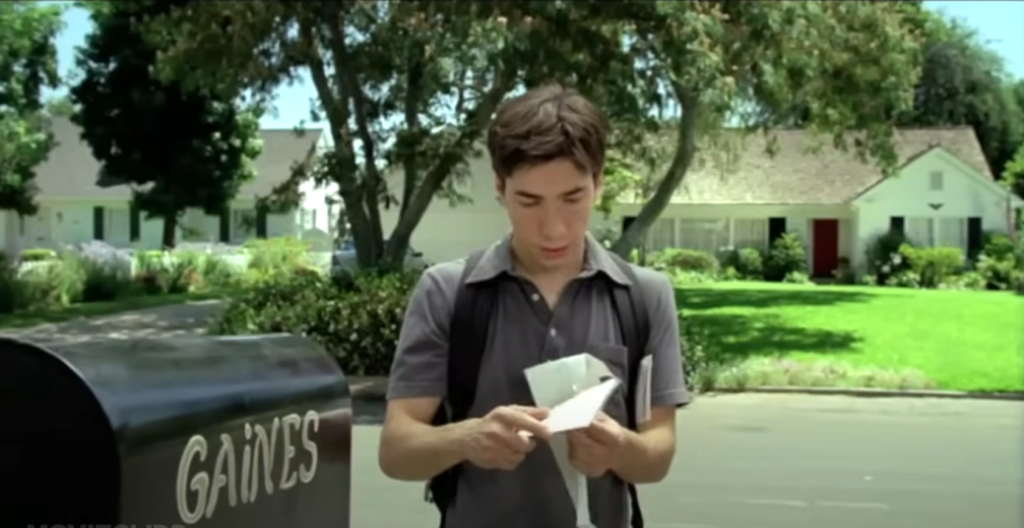“Donnie Darko,” directed by Richard Kelly, is an iconic film that masterfully interweaves elements of psychological thriller and science fiction to create a complex tapestry of adolescent angst and metaphysical mystery. Released in 2001, the film quickly cemented its status as a cult classic, notable for its ambitious narrative and the ethereal mood it evokes. At the heart of its storytelling prowess are the sophisticated cinematography and sharp editing techniques that amplify the eerie atmosphere and deepen the enigmatic quality of the plot. These elements are not just aesthetic choices; they are integral to the viewer’s understanding and experience of the film’s unique temporal and psychological dimensions. The manipulation of time and perception through visual and auditory means ensures that “Donnie Darko” remains a compelling study of a troubled mind navigating the blurred lines between reality and hallucination.
The Role of Cinematography in “Donnie Darko”
Cinematography in “Donnie Darko” serves as a crucial narrative device, enveloping the viewer in a visually immersive experience that mirrors the film’s thematic depth.
Framing the Mystery: Each frame in “Donnie Darko” is meticulously crafted to add layers of meaning to the unfolding mystery. Take, for instance, the recurring motif of mirrors and reflective surfaces used throughout the film. These are not merely stylistic choices but are symbolic of introspection and the dualities within Donnie’s world. In scenes where Donnie confronts his visions, the framing often isolates him, emphasizing his detachment from reality and his internal struggles. The composition of these frames is tight, often cropped close to characters’ faces to capture the fleeting nuances of confusion and revelation that play across them, thereby pulling the audience deeper into the psychological labyrinth.
Lighting Techniques: The use of lighting in “Donnie Darko” strategically enhances the film’s mood and aids in the delineation of different realities. Low-key lighting predominates, casting shadows that form an overlay of dread and suspense over many scenes. This chiaroscuro effect is not only a stylistic choice but also serves to highlight the themes of duality and conflict within Donnie. For example, scenes set in the daytime are often overlaid with a subtle blue tint, which not only suggests a dream-like unreality but also visually represents Donnie’s melancholy and isolation. Conversely, the night scenes are harshly lit with stark contrasts, underscoring moments of danger and the supernatural.
Editing Techniques that Enhance Narrative
The editing of “Donnie Darko” plays a pivotal role in structuring the complex narrative and reinforcing the film’s themes of time manipulation and existential dread.
Time Manipulation: The editing techniques are particularly instrumental in depicting the nonlinear progression of time, a central theme of the movie. Flashbacks and flash-forwards are interwoven seamlessly, often leaving the audience questioning the linearity of events. For instance, the disruption of chronological flow during the movie climax—where sequences of the past, present, and potential futures converge—is achieved through cross-cutting. This not only heightens the suspense but also visually represents the concept of a time loop, forcing the audience to engage actively with the possibilities being presented.
Use of Slow Motion and Fast Cuts: These techniques are used to great effect to accentuate the surreal, dream-like quality of Donnie’s experiences. Slow motion is employed in scenes depicting pivotal moments of realization or supernatural interference, such as when Frank appears or during the school flood. This not only draws attention to these significant moments but also mimics the altered perception of time one might experience in intense situations. Conversely, fast cuts are utilized in scenes of chaos and confusion, such as during the party and the climax, mirroring Donnie’s psychological fragmentation and the escalating pace of the narrative’s race against time.
Together, these cinematographic and editing strategies not only enrich the visual narrative of “Donnie Darko” but also enhance the viewer’s engagement with the film’s deep philosophical questions, making it a lasting piece of cinematic art.
Specific Scenes Analysis
The Jet Engine Scene:
This pivotal scene in “Donnie Darko” where a jet engine crashes into Donnie’s bedroom is crafted through meticulous cinematography and precise editing. The use of a high-angle shot that swoops down towards Donnie’s bed dramatically emphasizes the sudden and inexplicable nature of the event, highlighting the theme of chaos versus control. The editing is sharp, cutting between the tranquility of the bedroom and the chaos outside, enhancing the surreal and abrupt disturbance in Donnie’s life. This scene sets the tone for the entire film, introducing the central motif of disrupted time and the interplay between reality and imagination.
The Party Scene:
The party scene, where many narrative threads converge and reach their climax, is a masterclass in building tension through both cinematography and editing. Rapid intercuts between Donnie’s somber expression and the chaotic joy around him highlight his isolation and foreboding. Close-ups are used effectively to capture the intense emotions of the characters, while the dim, erratic lighting and the shaky, handheld camera work amplify the sense of impending doom. The crescendo of music and cross-cutting accelerates the pace, driving towards the inevitable revelation and tragic conclusion.
Impact of Visual Techniques on Viewer Perception
Creating a Distorted Reality:
The cinematography in “Donnie Darko” significantly contributes to the portrayal of Donnie’s troubled psychological state and the overarching themes of mental illness and existential angst. Techniques such as distorted angles, mirrored reflections, and shadow play not only create a visually disorienting experience but also symbolically represent Donnie’s internal conflicts and distortions in his perception of reality. The blurred boundaries between what appears real and imagined are visually manifested through these techniques, deepening the viewer’s immersion into Donnie’s unstable psyche.
Enhancing Viewer Engagement:
The film’s cinematography and editing are not just about aesthetic appeal but are deliberately designed to manipulate the viewer’s engagement with the narrative. The use of slow-motion during key scenes, like when Donnie first meets Frank, draws the viewer’s focus to important details, while abrupt cuts to supernatural elements keep the audience on edge. This dynamic editing rhythm, coupled with visual cues that lead the viewer deeper into the psychological undercurrents of the story, ensures that the audience is not merely observers but emotionally and intellectually engaged participants.
Conclusion
The cinematography and editing of “Donnie Darko” are fundamental to its narrative structure and profound impact on viewers. Through innovative framing, lighting, and editing, the film not only tells a story but also creates a compelling visual poem of existential malaise and metaphysical inquiry. These techniques shape every scene to enhance thematic expressions and character arcs, guiding the audience through a layered journey of psychological and temporal exploration.
Reflecting on the lasting impact of these techniques, it’s clear that they not only established “Donnie Darko” as a cult classic but also as a benchmark in cinematic storytelling. The film’s ability to engage and provoke through its visual storytelling remains a significant achievement in film, resonating with audiences and inspiring discussions and debates about the nature of reality and fate. This enduring impact is a testament to the power of visual media to not only depict but also deeply affect perceptions and understandings of complex narratives.



